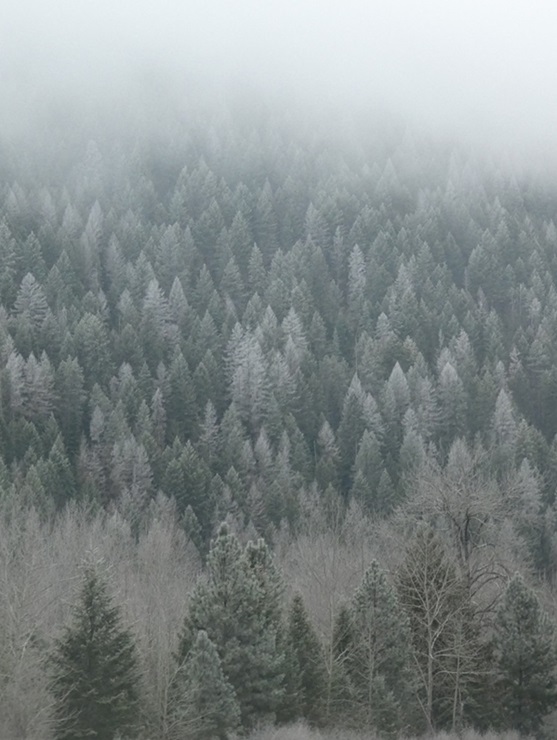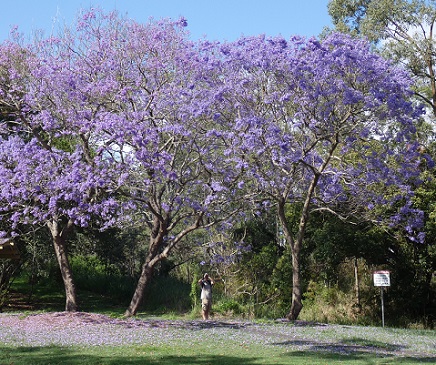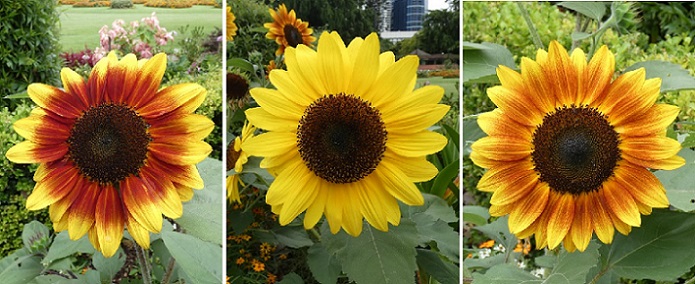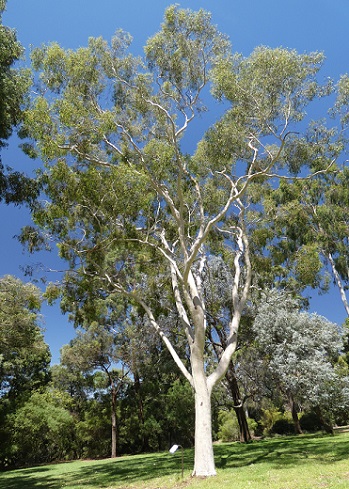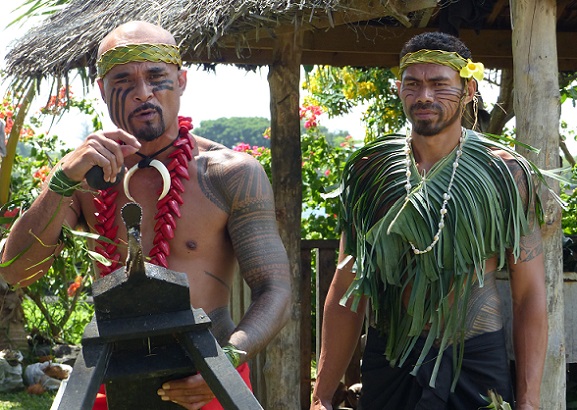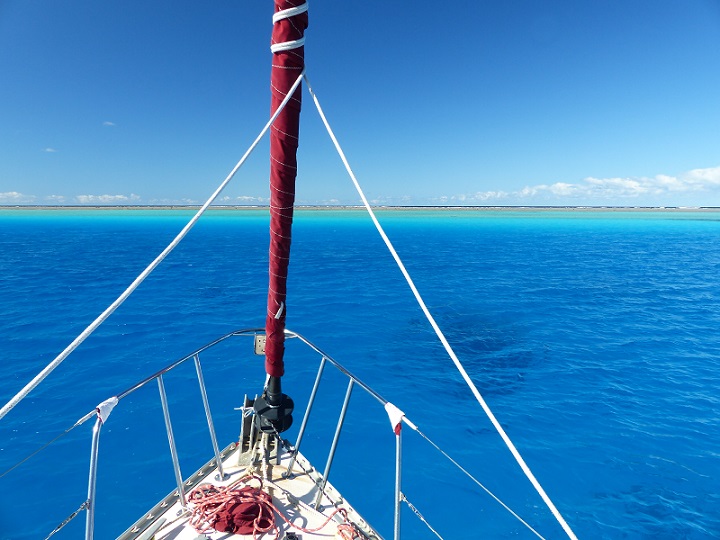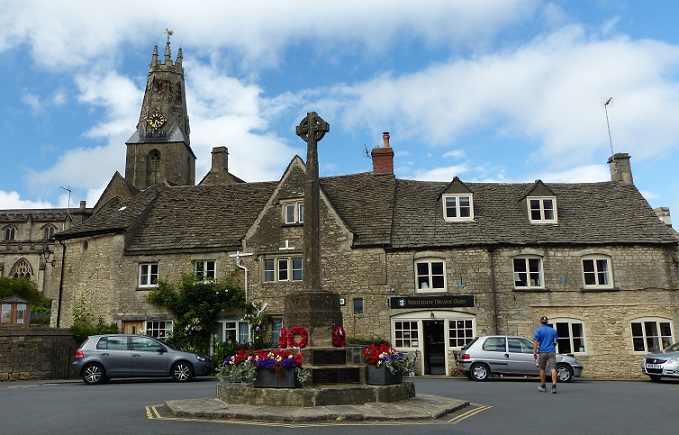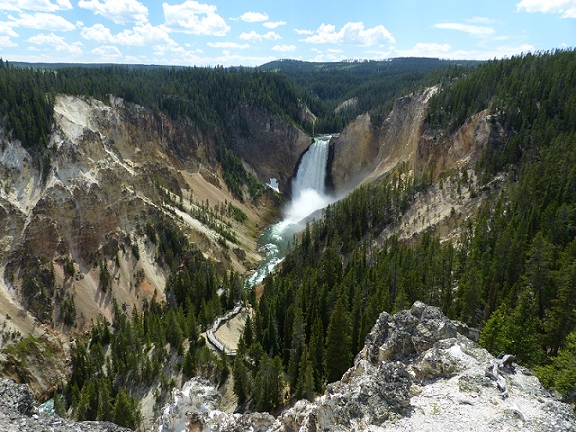
Tregoning
12 April 2024 | We are back aboard Tregoning in Mersin Marina, Mersin, Türkiye
02 April 2024 | We are in Toronto Airport, Canada: Tregoning is in Mersin Marina, Mersin, Türkiye
25 February 2024 | We are back in Gainesville, FL: Tregoning is in Mersin Marina, Mersin, Türkiye
18 February 2024 | We are in Glenwood, New Mexico: Tregoning is in Mersin Marina, Mersin, Türkiye
12 February 2024 | We are in Morro Bay, California: Tregoning is in Mersin Marina, Mersin, Türkiye
19 January 2024 | We are in Vancouver, BC Canada: Tregoning is in Mersin Marina, Mersin, Türkiye
01 January 2024 | We are in Washington State: Tregoning is in Mersin Marina, Mersin, Türkiye
15 December 2023 | We are in Minnesota: Tregoning is in Mersin Marina, Mersin, Türkiye
18 November 2023 | We are in Florida: Tregoning is in Mersin Marina, Mersin, Türkiye
29 October 2023 | We're in Florida - Tregoning is at B-dock, Mersin Marina, Mersin, Türkiye
21 October 2023 | 7 Oda Kapadokya Cave Hotel, Ürgüp, Türkiye
14 October 2023 | Hotel Aşikoğlu, Boğazkale, Türkiye
07 October 2023 | B-dock, Mersin Marina, Mersin, Türkiye
19 September 2023 | “Chez Jon & Angela”, Near Otterton, Devon, UK
14 September 2023 | Airbnb in Fortuneswell on the Isle of Portland, Dorset, UK
11 September 2023 | With Mike, Grange-over-Sands, Cumbria, UK
03 September 2023 | Ardington House, Ardington, Oxfordshire, UK
24 August 2023 | Near "Chez Joan and Peter", College of Roseisle, Moray, Scotland
11 August 2023 | Andrew's house (not exactly), Lichfield, UK
22 July 2023 | Chez Gail, near the New York Café, Budapest, Hungary
What about wool?
06 January 2017 | Whangarei Town Basin Marina, Whangarei, New Zealand
Photo: Feeding the lambs at Sheepworld, near Warkworth, New Zealand
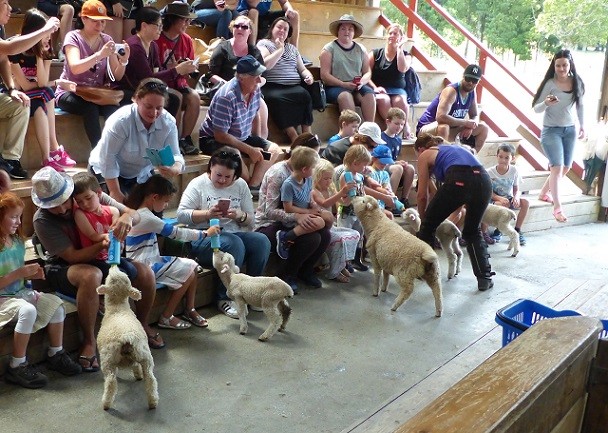
Every time we have been between Whangarei and Auckland, in the narrow valley just north of Warkworth, we drive past a place called Sheepworld. While a place with this name has a certain appeal to us while we are in New Zealand, the frequent absence of cars in the carpark and the Lonely Planet's description "The agricultural attraction offers farm experiences for little city slickers..." had been rather off-putting. However, when we discussed the options for activities with Martha she was particularly taken by the promise of "the ubiquitous sheep and dog show..." because she was keen to see the working dogs. Perhaps because of the absence of hip-pain when bending, we noticed during this visit that Martha was much more inclined to stop and pet dogs that we met, so her desire to see a sheepdog demonstration should not have been surprising.
I will admit that I approached the trip to Sheepworld with some indifference, expecting it to be little more than a petting zoo with a few dogs running around herding sheep for show, something that I had frequently seen on the fells of the English Lake District. Being one of only two cars in the carpark did not seem encouraging either, but as the 11 am morning-show time approached, the families flooded in. Yes, there was a big gift-shop with all things sheep-and wool-related and there were sheep, lambs, calves, Shetland ponies, goats, donkeys, ducks, chickens, and emus in pens to feed, pet, or photograph (I am not quite sure why the Australian emu were there but we have occasionally seen them on farms around New Zealand). But there were also some very informative exhibits about the wool industry in New Zealand and the hour-long show was absolutely fascinating.
According to their factsheets, there are around 43 million sheep in New Zealand, equating to 11 for each person, in herds that average 1,400 sheep. Sheep were introduced to New Zealand by Captain Cook in 1773. The size of the national herd peaked at 70 million sheep in 1984 but New Zealand remains the second largest exporter of wool in the world after Australia. Of the almost 30 breeds of sheep farmed in New Zealand, the Romney accounts for 60% of all sheep and produces meat and carpet-grade wool, the latter having long, thick fibers. The best, softest wool with fine fiber diameter and used in quality woolen clothing is produced by Merino sheep. The oldest and most numerous breed in the world, Merino sheep, with their dense fleeces, are raised in the hill country of the South Island. Merino wool is also combined with fur fibers from bushtail possums to create a very soft and warm fabric. This fabric can only be produced in New Zealand because bushtail possums are a rare, protected species in their native home of Australia. Introduced to New Zealand in 1837 to establish a fur trade, bushtail possums proliferated and destroyed so much native vegetation and became such a threat to native birds, that 100 years later they were declared a national pest. They cannot be farmed but hunting for fur and meat (used mostly in pet-food) is greatly encouraged, so using the possum fiber plays a role in conserving New Zealand's flora and fauna.
About 70% of New Zealand's wool is used in interior textiles (carpets, bedding, and upholstery) and provides about 45% of the world's need for carpet wool. Wool is a good fabric for carpets because it resists dirt, repels water, resists building-up static charge, and is flame-resistant, being slow to ignite and burn. Although not a particularly strong textile fiber, the natural crimp in the fibers allows wool to stretch to 133% of its length before springing back, with such elasticity being a valuable characteristic for clothing fabrics. This crimp also makes the fibers ideal for spinning and creates bulk and air-pockets in fabric which provide good insulation in cold, or hot, conditions. Overlapping scales on the surface of the fibers inhibit the absorption of water but water vapor can pass in an out, resulting in a breathable fabric. Even when absorbing up to 30% of its weight in water vapor, wool does not feel clammy and hence our mother's advice to wear woolen rather than cotton sweaters and socks when it will be damp out.
With an audience of about 50 people of all ages seated on wooden benches facing a stage in a small barn, the introductory commentary alternated between a retired sheep farmer, a sturdy-looking grey-haired man, and his enthusiastic young female co-host. While the attention of the audience was mostly focused on the two distinctly different sheep dogs that waited patiently by the speakers, we were regaled with a highly informative description of sheep farming in New Zealand.
We then trooped outside to watch the smaller black and white "eye-dog" use its speed and agility to approach and move 15 sheep that were resting in the shade at the top of the adjacent field. The sheep used at Sheepworld have to be exchanged every week with a local herd because, contrary to popular belief, they are smart enough to work-out the routine and would start gathering at the gate at the appropriate time without the need for the dogs to demonstrate their skills.
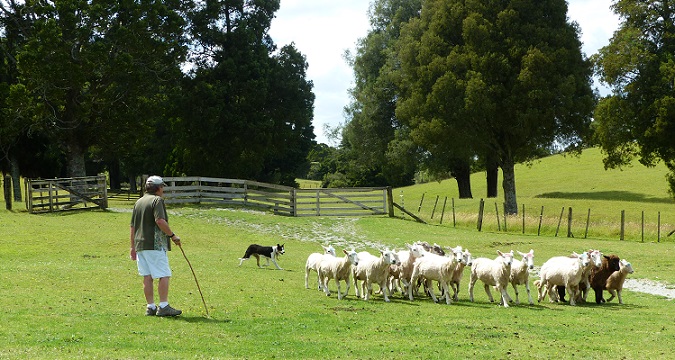
The eye-dog herding sheep
Making no sound and controlled only by the famer's slight gestures, terse commands, and short piercing whistles, this dog herded the sheep through one gate into the smaller paddock in front of us and then, after demonstrating various herding techniques, drove the sheep through another gate into a smaller enclosure. Here the larger, tan and black "huntaway dog" was ready to move the sheep into the barn by barking or physical contact. These more-intimidating dogs work in the yards and barns where they may even run along the backs of the sheep in order to get to the front of a herd, where they can drop down to separate particular sheep as needed. Training begins when dogs are four months old and puppies are selected from a litter based on promising characteristics because most of their skills are instinctive.
Next was a demonstration of how herds of sheep are sorted (drafted) based on sex and age which is identified by marks that have been clipped into the ears of the lambs. This is done by directing sheep one at a time into a narrow chute with two gates that the drafter slams left or right to direct the sheep into one of three chutes leading to separated pens. A New Zealand farmer may have to draft around 3,000-4,000 sheep in a day so concentration and good muscle memory are essential.
Sheep are sheared every year, twice in warmer areas, both for the animal's health and to produce wool for sale. Our shearing demonstration was conducted by the young woman who had been trained to shear on a fairly recent four-day course. Her slow and deliberate technique made it easy to see how the sheep had to be carefully handled to ensure that it was relaxed despite the various awkward positions needed. She also made it much easier to appreciate the skill and care needed when using the electric shears than had been apparent when Randall and I had watched the 30-second per sheep, speed-shearing at the Whangarei agricultural show. Good professional shearers are in high demand and may travel the world making good pay but it is undoubtedly hard work. The world record for a nine hour day was more than 700 sheep (one every 45 seconds).
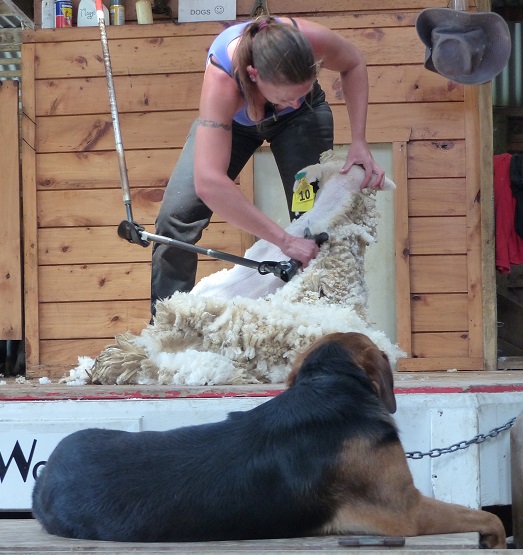
The huntaway dog watches a sheep being sheared
For the finale, all the children were gathered on the bottom seat and were given several bottles of milk to rotate between them. Six lambs of varying sizes were then released and, knowing exactly what to expect, they rushed to the bottles for hand-feeding. The anxious lambs, concentrating children, and cooing adults (us included) was absolutely precious. That adorable sight alone was worth the price of admission.
We did not make a special trip to Warkworth just to go to Sheepworld but stopped there on a return trip to Whangarei. On New Year's Day, we had made a day-trip to Waipu to attend the annual Scottish Highland Games. As we knew, many Scottish settlers had arrived in New Zealand in the mid-1800s to settle near the south end of the South Island where they created the city of Dunedin. Between 1853 and 1860, the sunnier and warmer area of Waipu was settled by 934 people who came from Scotland via Nova Scotia. Although only 10% of the current residents are direct descendants of the original settlers, the Waipu Calendonian Society continues the tradition of holding the Highland Games on New Year's Day.
We arrived early enough to watch the Street March of Band and Clans and their Grand Entry into the Caledonian Park (and to get a good parking spot). The sunny weather encouraged a good crowd which was important given that most of the event was cancelled the previous year due to rain. Recognizing many of our fellow cruisers in the crowd, we particularly enjoyed watching the Highland Heavyweight Events such as the 16 lb (7 kg) Highland Hammer toss, the 42 lb (19 kg) weight throw, and the caber toss. We also wandered around to see the Highland dancing, drumming and piping (bagpipes, of course) competitions and visited the booth for the MacMillan Clan, of which Randall and Martha are descendants.
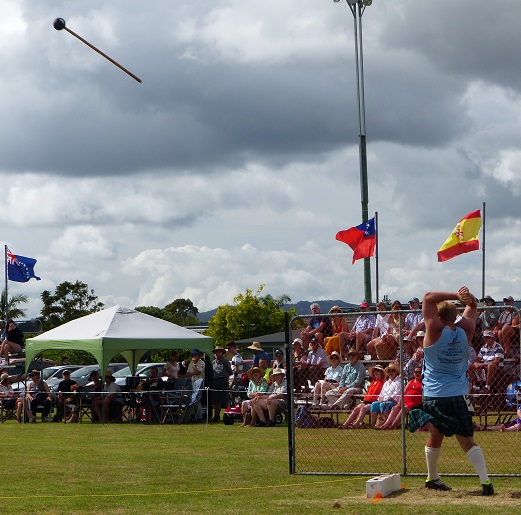
Highland Hammer toss
Around noon, a kilted man dropped into the main arena using a parachute in the design of the Scottish flag, after which the bands, dancers, and clan representatives all gathered for a massed Highland Fling and singing of The Flower of Scotland. We decided to leave when the local Member of Parliament chose to make his speech a comprehensive history of the 146 year-old event.
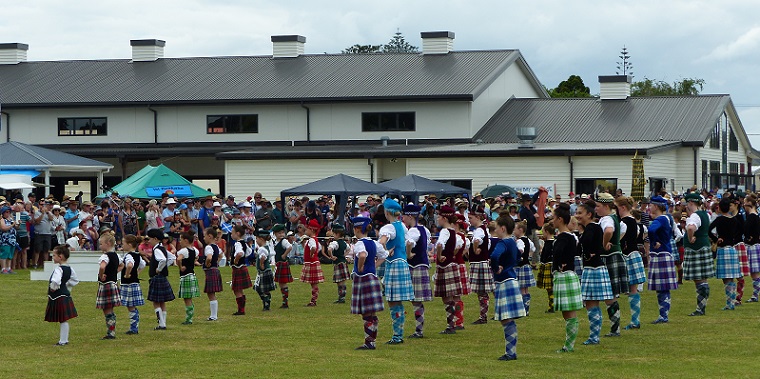
Awaiting the massed Highland Fling
The following day we drove to Auckland to meet my Uncle Frank (Francis) for lunch. He had spent a busy holiday period with his cousins and their adult children and although it was all very enjoyable, he seemed rather tired and ready to head home to Wellington the next day. Finding many of the local cafes still closed for the New Year holiday, we ended up eating at a Mexican restaurant which had a rather pretentious-looking menu. More expensive than is typical for such fare, the nouvelle-cuisine Mexican dishes were actually really good.
Given that many city-dwellers were likely to be returning after spending the holidays at the northern beaches, we had been a little surprised that the drive south to Auckland had been so smooth. When we came to leave the city, however, signs warned that traffic on Highway 1 was dense and slow, so we took a long detour via Highway 16. This took us to the west coast of the peninsula, through Helensville, across to Leigh on the east coast via Wellsford, then finally to our overnight destination, the Salty Dog Inn in Snells Beach.
We did some sightseeing driving down to the picturesque Mahurangi Point before heading to Sheepworld. On our way back to Tregoning, we detoured to Whangarei Falls. Resting a sore knee, Randall dropped Martha and me at the A.H. Reed Memorial Kauri Park which preserves a grove of immense, 500 year-old Kauri trees. From there it was a beautiful 30-minute walk along the river to Whangarei Falls where Randall awaited us in the car. A sunny day, there were people swimming in the river both in Reed Park and at the base of the attractive 26 m-high falls (85 feet).
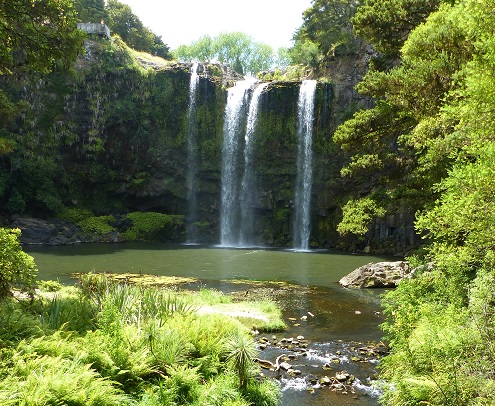
Whangarei Falls
We finished Martha's visit with a day of activities in Whangarei, including a walk around the town's Botanical Gardens which volunteers have created in an abandoned quarry. We also toured the Clapham's National Clock Museum (taking advantage of the free admission for seniors on Wednesdays) which is right next to the marina office and a tennis-court-sized sundial. We were given a brief introduction to the diverse collection of 1,400 timepieces which originated with the donation, in 1962, of the private collection of 400 clocks amassed by local resident Archibald Clapham.
We then spent a while learning about, listening to, and looking at, the novelty-, maritime-, long-case-, carriage-, cuckoo-, bracket-, and assorted other types of clocks but after a while the ticks, chimes, and pendulum swings became a bit overwhelming. We finished the day with a delicious dinner at The Quay Restaurant, also next to the marina office, and the following day we delivered Martha to Auckland International Airport.
We had enjoyed a lovely couple of weeks with Martha and her stay had made a fitting ending to our Year-of-Visits. During our almost 10-month trip to the US, Canada, UK, and Iceland in 2016, we had stayed in 68 different places, which included 51 houses of friends or relations. We had moved 95 times, been reunited with at least 196 friends (plus doctors, dentists, etc.) and met 35 offspring, partners, etc., who were new to us. Oh, and we had identified 153 species of birds in North America including a few that were new to us such as the pygmy nuthatch.
Tregoning moved less than half a nautical mile all year long but from March 30th to November 7th we drove our Prius for 22,728 miles (36,569 km). We also flew halfway around the world and back, and took trains around Britain, so in 2016 our environmental footprint from transportation was rather oversized. At least the Prius averaged 47.2 miles per US gallon over that period (20.1 km per liter), but for a while we will have to confine ourselves as much a possible to sailing rather than motoring, to make up for that rather fuel-consumptive year. First, however, we have to get Tregoning ready for blue-water so while Martha returned to California, we took deep breaths and then returned to working on boat projects.
I will admit that I approached the trip to Sheepworld with some indifference, expecting it to be little more than a petting zoo with a few dogs running around herding sheep for show, something that I had frequently seen on the fells of the English Lake District. Being one of only two cars in the carpark did not seem encouraging either, but as the 11 am morning-show time approached, the families flooded in. Yes, there was a big gift-shop with all things sheep-and wool-related and there were sheep, lambs, calves, Shetland ponies, goats, donkeys, ducks, chickens, and emus in pens to feed, pet, or photograph (I am not quite sure why the Australian emu were there but we have occasionally seen them on farms around New Zealand). But there were also some very informative exhibits about the wool industry in New Zealand and the hour-long show was absolutely fascinating.
According to their factsheets, there are around 43 million sheep in New Zealand, equating to 11 for each person, in herds that average 1,400 sheep. Sheep were introduced to New Zealand by Captain Cook in 1773. The size of the national herd peaked at 70 million sheep in 1984 but New Zealand remains the second largest exporter of wool in the world after Australia. Of the almost 30 breeds of sheep farmed in New Zealand, the Romney accounts for 60% of all sheep and produces meat and carpet-grade wool, the latter having long, thick fibers. The best, softest wool with fine fiber diameter and used in quality woolen clothing is produced by Merino sheep. The oldest and most numerous breed in the world, Merino sheep, with their dense fleeces, are raised in the hill country of the South Island. Merino wool is also combined with fur fibers from bushtail possums to create a very soft and warm fabric. This fabric can only be produced in New Zealand because bushtail possums are a rare, protected species in their native home of Australia. Introduced to New Zealand in 1837 to establish a fur trade, bushtail possums proliferated and destroyed so much native vegetation and became such a threat to native birds, that 100 years later they were declared a national pest. They cannot be farmed but hunting for fur and meat (used mostly in pet-food) is greatly encouraged, so using the possum fiber plays a role in conserving New Zealand's flora and fauna.
About 70% of New Zealand's wool is used in interior textiles (carpets, bedding, and upholstery) and provides about 45% of the world's need for carpet wool. Wool is a good fabric for carpets because it resists dirt, repels water, resists building-up static charge, and is flame-resistant, being slow to ignite and burn. Although not a particularly strong textile fiber, the natural crimp in the fibers allows wool to stretch to 133% of its length before springing back, with such elasticity being a valuable characteristic for clothing fabrics. This crimp also makes the fibers ideal for spinning and creates bulk and air-pockets in fabric which provide good insulation in cold, or hot, conditions. Overlapping scales on the surface of the fibers inhibit the absorption of water but water vapor can pass in an out, resulting in a breathable fabric. Even when absorbing up to 30% of its weight in water vapor, wool does not feel clammy and hence our mother's advice to wear woolen rather than cotton sweaters and socks when it will be damp out.
With an audience of about 50 people of all ages seated on wooden benches facing a stage in a small barn, the introductory commentary alternated between a retired sheep farmer, a sturdy-looking grey-haired man, and his enthusiastic young female co-host. While the attention of the audience was mostly focused on the two distinctly different sheep dogs that waited patiently by the speakers, we were regaled with a highly informative description of sheep farming in New Zealand.
We then trooped outside to watch the smaller black and white "eye-dog" use its speed and agility to approach and move 15 sheep that were resting in the shade at the top of the adjacent field. The sheep used at Sheepworld have to be exchanged every week with a local herd because, contrary to popular belief, they are smart enough to work-out the routine and would start gathering at the gate at the appropriate time without the need for the dogs to demonstrate their skills.

The eye-dog herding sheep
Making no sound and controlled only by the famer's slight gestures, terse commands, and short piercing whistles, this dog herded the sheep through one gate into the smaller paddock in front of us and then, after demonstrating various herding techniques, drove the sheep through another gate into a smaller enclosure. Here the larger, tan and black "huntaway dog" was ready to move the sheep into the barn by barking or physical contact. These more-intimidating dogs work in the yards and barns where they may even run along the backs of the sheep in order to get to the front of a herd, where they can drop down to separate particular sheep as needed. Training begins when dogs are four months old and puppies are selected from a litter based on promising characteristics because most of their skills are instinctive.
Next was a demonstration of how herds of sheep are sorted (drafted) based on sex and age which is identified by marks that have been clipped into the ears of the lambs. This is done by directing sheep one at a time into a narrow chute with two gates that the drafter slams left or right to direct the sheep into one of three chutes leading to separated pens. A New Zealand farmer may have to draft around 3,000-4,000 sheep in a day so concentration and good muscle memory are essential.
Sheep are sheared every year, twice in warmer areas, both for the animal's health and to produce wool for sale. Our shearing demonstration was conducted by the young woman who had been trained to shear on a fairly recent four-day course. Her slow and deliberate technique made it easy to see how the sheep had to be carefully handled to ensure that it was relaxed despite the various awkward positions needed. She also made it much easier to appreciate the skill and care needed when using the electric shears than had been apparent when Randall and I had watched the 30-second per sheep, speed-shearing at the Whangarei agricultural show. Good professional shearers are in high demand and may travel the world making good pay but it is undoubtedly hard work. The world record for a nine hour day was more than 700 sheep (one every 45 seconds).

The huntaway dog watches a sheep being sheared
For the finale, all the children were gathered on the bottom seat and were given several bottles of milk to rotate between them. Six lambs of varying sizes were then released and, knowing exactly what to expect, they rushed to the bottles for hand-feeding. The anxious lambs, concentrating children, and cooing adults (us included) was absolutely precious. That adorable sight alone was worth the price of admission.
We did not make a special trip to Warkworth just to go to Sheepworld but stopped there on a return trip to Whangarei. On New Year's Day, we had made a day-trip to Waipu to attend the annual Scottish Highland Games. As we knew, many Scottish settlers had arrived in New Zealand in the mid-1800s to settle near the south end of the South Island where they created the city of Dunedin. Between 1853 and 1860, the sunnier and warmer area of Waipu was settled by 934 people who came from Scotland via Nova Scotia. Although only 10% of the current residents are direct descendants of the original settlers, the Waipu Calendonian Society continues the tradition of holding the Highland Games on New Year's Day.
We arrived early enough to watch the Street March of Band and Clans and their Grand Entry into the Caledonian Park (and to get a good parking spot). The sunny weather encouraged a good crowd which was important given that most of the event was cancelled the previous year due to rain. Recognizing many of our fellow cruisers in the crowd, we particularly enjoyed watching the Highland Heavyweight Events such as the 16 lb (7 kg) Highland Hammer toss, the 42 lb (19 kg) weight throw, and the caber toss. We also wandered around to see the Highland dancing, drumming and piping (bagpipes, of course) competitions and visited the booth for the MacMillan Clan, of which Randall and Martha are descendants.

Highland Hammer toss
Around noon, a kilted man dropped into the main arena using a parachute in the design of the Scottish flag, after which the bands, dancers, and clan representatives all gathered for a massed Highland Fling and singing of The Flower of Scotland. We decided to leave when the local Member of Parliament chose to make his speech a comprehensive history of the 146 year-old event.

Awaiting the massed Highland Fling
The following day we drove to Auckland to meet my Uncle Frank (Francis) for lunch. He had spent a busy holiday period with his cousins and their adult children and although it was all very enjoyable, he seemed rather tired and ready to head home to Wellington the next day. Finding many of the local cafes still closed for the New Year holiday, we ended up eating at a Mexican restaurant which had a rather pretentious-looking menu. More expensive than is typical for such fare, the nouvelle-cuisine Mexican dishes were actually really good.
Given that many city-dwellers were likely to be returning after spending the holidays at the northern beaches, we had been a little surprised that the drive south to Auckland had been so smooth. When we came to leave the city, however, signs warned that traffic on Highway 1 was dense and slow, so we took a long detour via Highway 16. This took us to the west coast of the peninsula, through Helensville, across to Leigh on the east coast via Wellsford, then finally to our overnight destination, the Salty Dog Inn in Snells Beach.
We did some sightseeing driving down to the picturesque Mahurangi Point before heading to Sheepworld. On our way back to Tregoning, we detoured to Whangarei Falls. Resting a sore knee, Randall dropped Martha and me at the A.H. Reed Memorial Kauri Park which preserves a grove of immense, 500 year-old Kauri trees. From there it was a beautiful 30-minute walk along the river to Whangarei Falls where Randall awaited us in the car. A sunny day, there were people swimming in the river both in Reed Park and at the base of the attractive 26 m-high falls (85 feet).

Whangarei Falls
We finished Martha's visit with a day of activities in Whangarei, including a walk around the town's Botanical Gardens which volunteers have created in an abandoned quarry. We also toured the Clapham's National Clock Museum (taking advantage of the free admission for seniors on Wednesdays) which is right next to the marina office and a tennis-court-sized sundial. We were given a brief introduction to the diverse collection of 1,400 timepieces which originated with the donation, in 1962, of the private collection of 400 clocks amassed by local resident Archibald Clapham.
We then spent a while learning about, listening to, and looking at, the novelty-, maritime-, long-case-, carriage-, cuckoo-, bracket-, and assorted other types of clocks but after a while the ticks, chimes, and pendulum swings became a bit overwhelming. We finished the day with a delicious dinner at The Quay Restaurant, also next to the marina office, and the following day we delivered Martha to Auckland International Airport.
We had enjoyed a lovely couple of weeks with Martha and her stay had made a fitting ending to our Year-of-Visits. During our almost 10-month trip to the US, Canada, UK, and Iceland in 2016, we had stayed in 68 different places, which included 51 houses of friends or relations. We had moved 95 times, been reunited with at least 196 friends (plus doctors, dentists, etc.) and met 35 offspring, partners, etc., who were new to us. Oh, and we had identified 153 species of birds in North America including a few that were new to us such as the pygmy nuthatch.
Tregoning moved less than half a nautical mile all year long but from March 30th to November 7th we drove our Prius for 22,728 miles (36,569 km). We also flew halfway around the world and back, and took trains around Britain, so in 2016 our environmental footprint from transportation was rather oversized. At least the Prius averaged 47.2 miles per US gallon over that period (20.1 km per liter), but for a while we will have to confine ourselves as much a possible to sailing rather than motoring, to make up for that rather fuel-consumptive year. First, however, we have to get Tregoning ready for blue-water so while Martha returned to California, we took deep breaths and then returned to working on boat projects.
Comments
| Vessel Name: | Tregoning |
| Vessel Make/Model: | Morgan Classic 41 |
| Hailing Port: | Gainesville, FL |
| Crew: | Alison and Randall |
| About: | We cast-off from Fernandina Beach in north Florida on 1st June 2008 and we have been cruising on Tregoning ever since. Before buying Tregoning, both of us had been sailing on smaller boats for many years and had worked around boats and water throughout our careers. |
| Extra: | “Tregoning” (rhymes with “belonging”) and is a Cornish word (meaning “homestead of Cohnan” or “farm by the ash trees”) and was Alison's mother’s middle name. Cornwall is in southwest England and is where Alison grew-up. |
Tregoning's Photos - Main
 |
Extra photographs from our three-week campervan tour of the South Island from November 15th to December 5th 2015
217 Photos
Created 4 January 2016
|
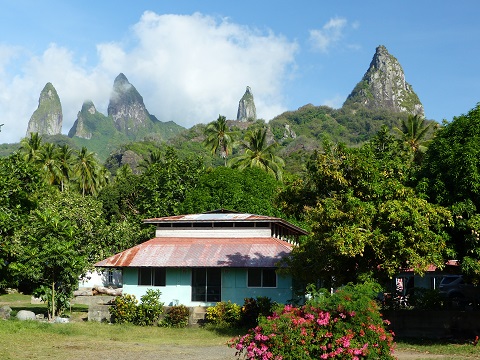 |
Random pictures from our month spent on the islands of Hiva Oa, Tahuata, Ua Pou, and Nuku Hiva
45 Photos
Created 18 July 2015
|
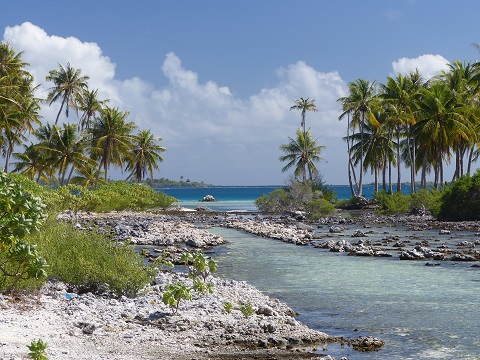 |
Random pictures from our month spent in 4 Tuamotu Atolls; Ahe, Fakarava, Tahanea, and Toau
32 Photos
Created 1 July 2015
|
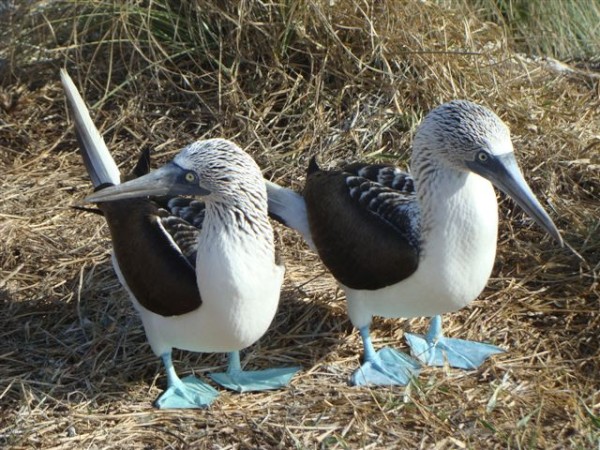 |
Some of the birds, fish, reptiles, and mammals (and others) that we have seen in Mexico
74 Photos
Created 5 May 2014
|
Tregoning

Who: Alison and Randall
Port: Gainesville, FL
